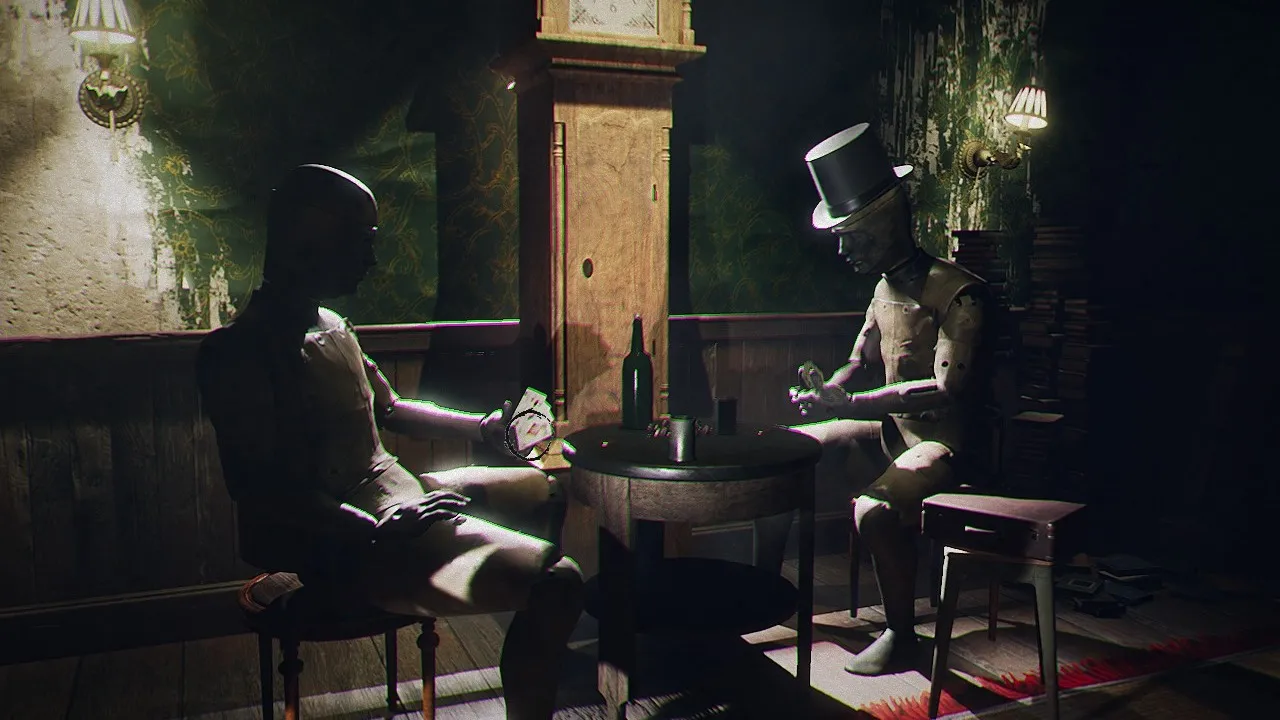
Layers of Fear (2023): A Remaster That Both Shines and Shows Its Age
The 2010s witnessed a gaming renaissance, with AAA titles like Bayonetta, Red Dead Redemption, and Mass Effect 2 captivating players worldwide. Ironically, the survival horror genre struggled during this period, overshadowed by action, RPG, and strategy games. This created an opportunity for indie developers to fill the void, paving the way for studios like Frictional Games (Amnesia: The Dark Descent), Red Barrels (Outlast), and Bloober Team (Layers of Fear) to rise to prominence. Bloober Team, in particular, drew inspiration from Hideo Kojima’s P.T. demo, creating a unique psychological horror experience that, despite its “walking simulator” criticisms, cemented their place in the indie scene.
Nearly eight years later, Bloober Team, in collaboration with Anshar Studios, has released Layers of Fear (2023), a reimagining of the original game and its sequel, incorporating all previous DLC and two new storylines. This review explores whether this remaster successfully revitalizes the series in today’s resurgent horror landscape.
A Fresh Coat of Paint
 alt text describing the game's visuals of a decaying mansion interior
alt text describing the game's visuals of a decaying mansion interior
Oscar Wilde once said, “Every portrait that is painted with feeling is a portrait of the artist, not of the sitter.” This quote encapsulates the visual and auditory enhancements in Layers of Fear (2023). The original games, built on Unity, featured a distinctive art style, crafting unsettling yet artistic environments. The Victorian mansion, stained with paint and blood, and the claustrophobic film set aboard a cruise liner, both evoked a sense of isolation and dread.
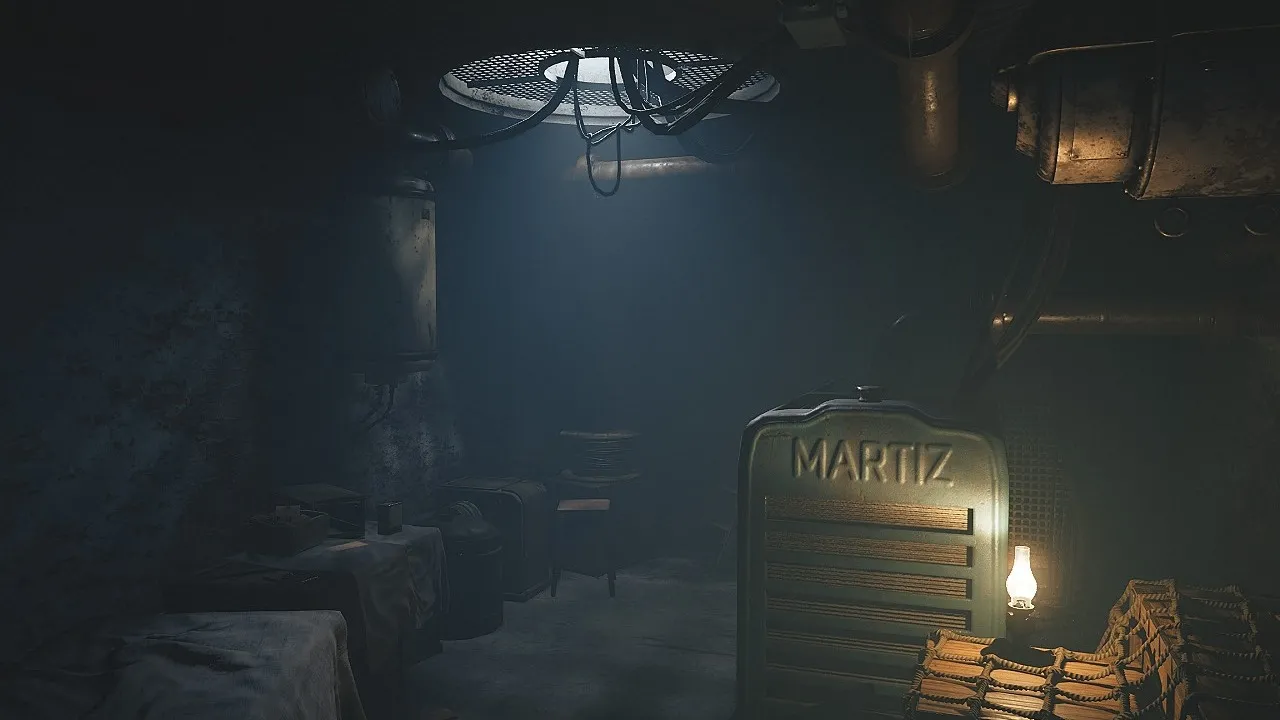 alt text showing detailed textures and lighting effects within the game environment
alt text showing detailed textures and lighting effects within the game environment
Now, powered by Unreal Engine 5 and Anshar Studios’ expertise, these environments are brought to life with stunning realism. Fire effects, atmospheric smoke, and ray-traced lighting create a truly immersive experience, further enhanced by 4K resolution and HDR support. The haunting soundtrack, featuring melancholic piano and violin melodies, has also been reimagined, retaining its original charm while introducing new nuances.
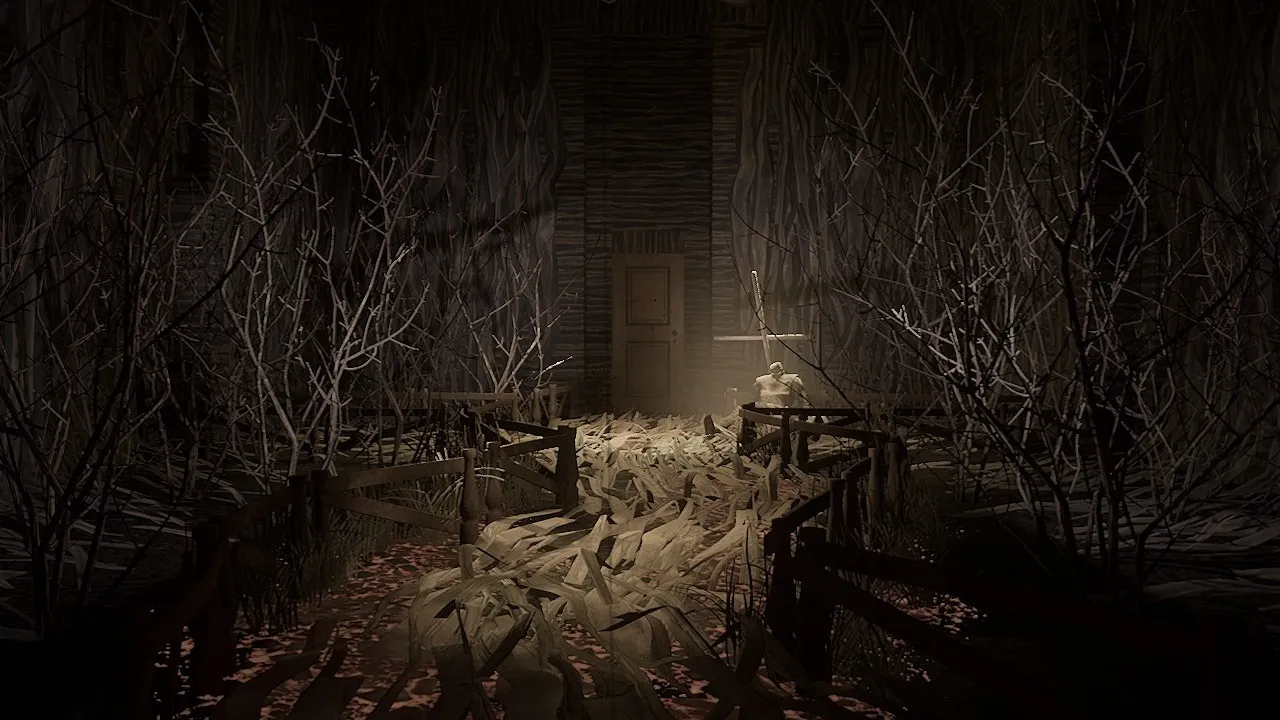 alt text depicting a dark and atmospheric scene, highlighting the improved sound design
alt text depicting a dark and atmospheric scene, highlighting the improved sound design
The sound design, crucial for horror, has also received significant improvements. The creaks of the decaying mansion and the chilling sounds of unseen pursuers contribute to a heightened sense of tension, especially when experienced with headphones. Furthermore, the game launched in a polished state, a welcome contrast to some recent AAA releases that have required extensive patching.
A Light in the Darkness
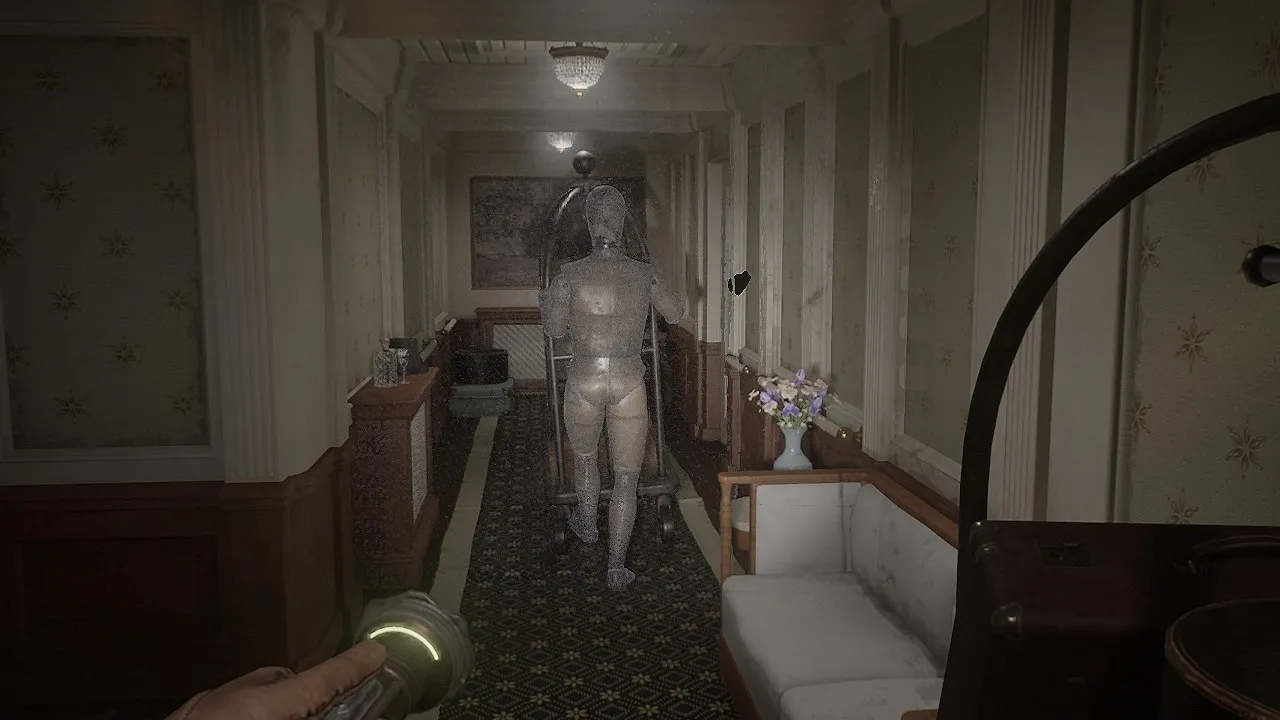 alt text showcasing the player character holding a light source, illustrating the new gameplay mechanics
alt text showcasing the player character holding a light source, illustrating the new gameplay mechanics
While not revolutionary, the gameplay has seen some notable changes. Gone are the simple “point-and-click” mechanics, replaced with elements inspired by Bloober Team’s recent titles. The light source carried by each character—a lantern for the painter, a flashlight for the actor, and a lamp for the painter’s wife—is now a core gameplay mechanic.
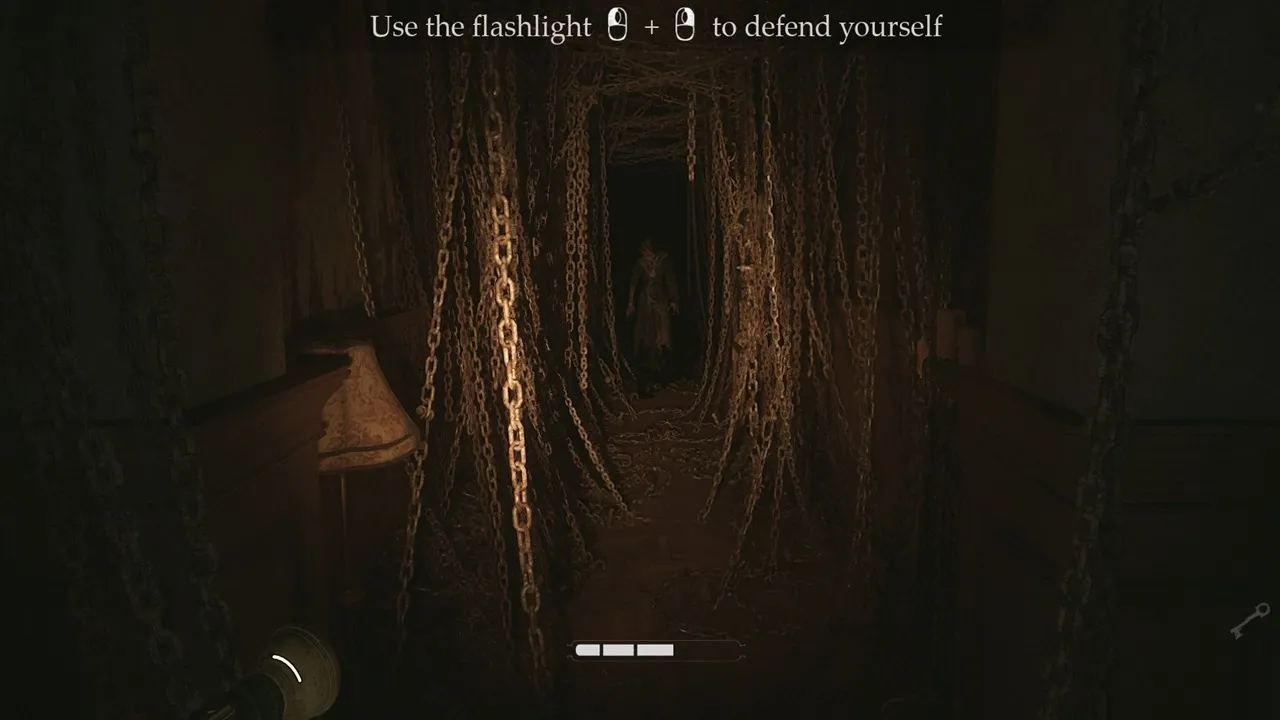 alt text demonstrating the use of light to interact with the environment
alt text demonstrating the use of light to interact with the environment
Players can now use their light to fend off enemies, albeit with a limited “battery” life. This mechanic also adds depth to puzzles and environmental interactions, such as dispelling shadows or animating mannequins. These additions, while not drastically altering the core gameplay, are welcome refinements.
Expanding the Narrative
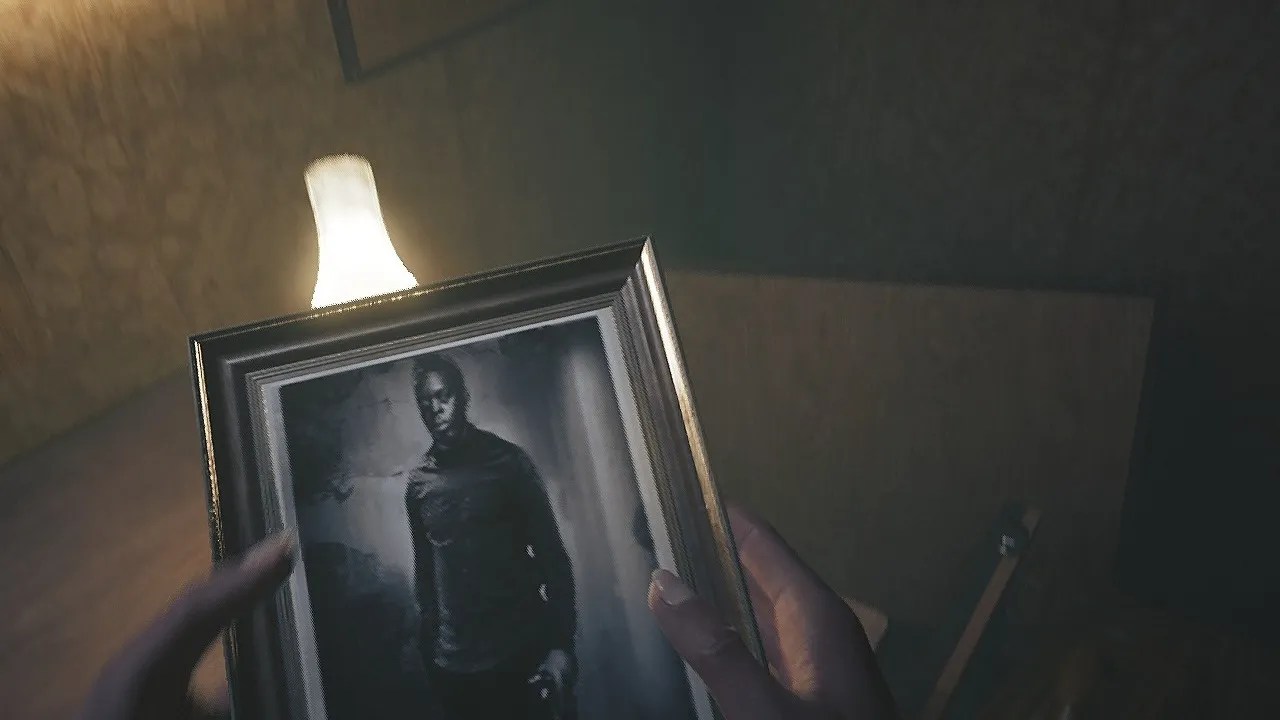 alt text representing the new narrative elements through a scene with a different character perspective
alt text representing the new narrative elements through a scene with a different character perspective
Layers of Fear (2023) largely retains the original storylines but introduces new perspectives through the painter’s wife and a new character, a writer. In 1955, the writer is commissioned by a mysterious publisher to craft horror stories based on the painter’s life. Her own journey intertwines with the existing narratives, as she too confronts a malevolent force that haunts each character.
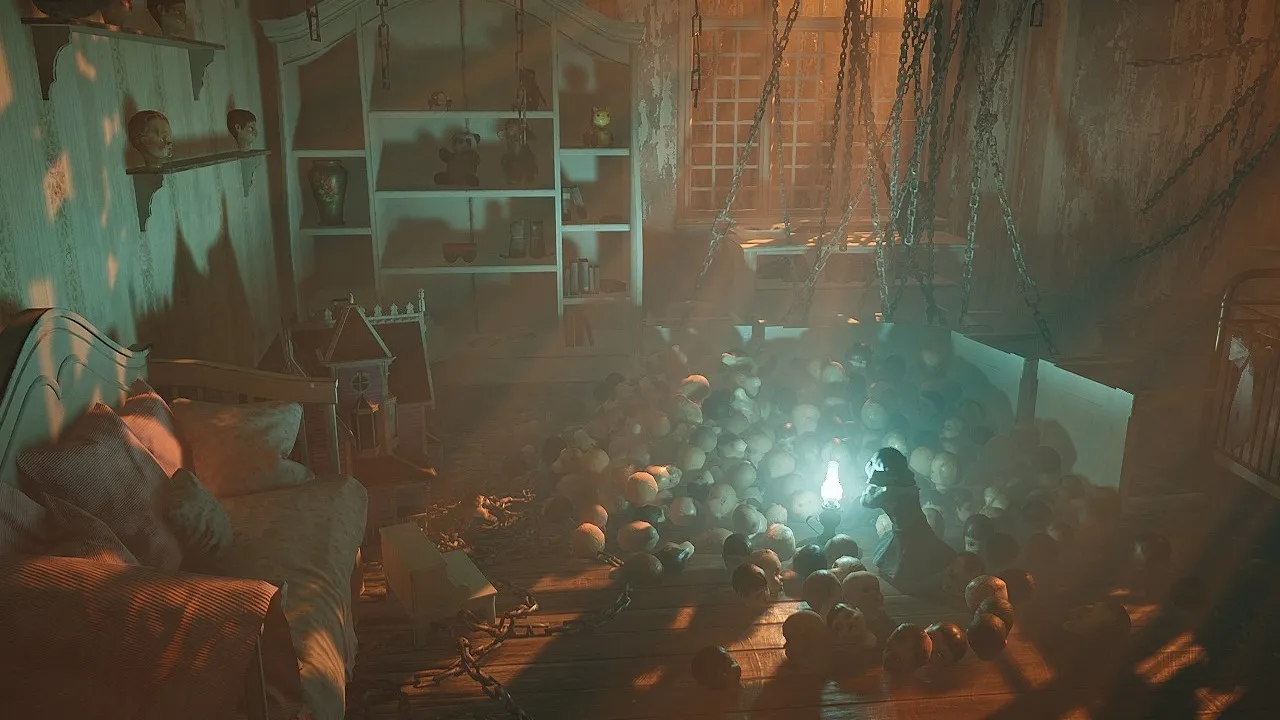 alt text showing a scene from the expanded storyline, featuring the painter's wife
alt text showing a scene from the expanded storyline, featuring the painter's wife
The painter’s wife’s story, explored in The Final Note DLC, offers a poignant portrayal of her struggles following a disfiguring accident. Trapped in a suffocating relationship with her alcoholic husband, her attempts to regain normalcy are further complicated by the lurking darkness that pervades their mansion. These new storylines add approximately four hours to the already substantial 13-hour campaign.
Lingering Flaws
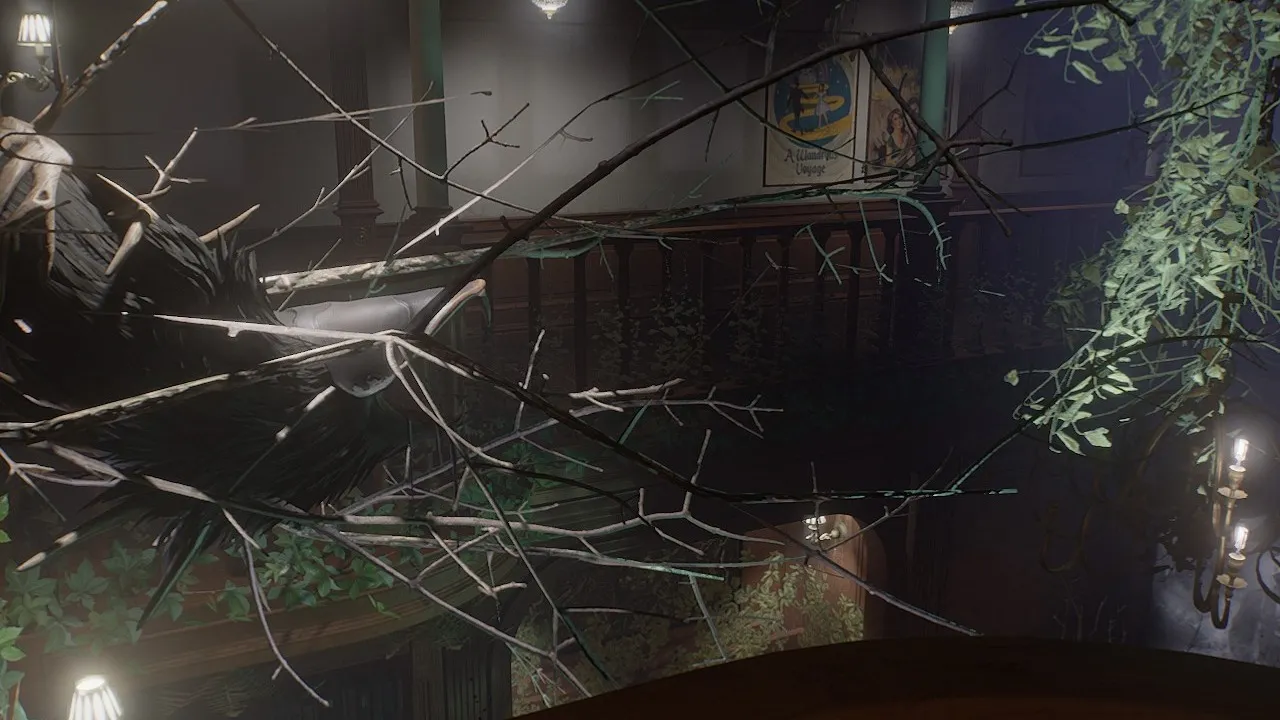 alt text depicting a jump scare moment, illustrating one of the game's criticisms
alt text depicting a jump scare moment, illustrating one of the game's criticisms
Unfortunately, the “reimagining” aspect of Layers of Fear (2023) is limited. Many of the original game’s flaws persist, including the convoluted narrative, overuse of jump scares, and a lack of gameplay depth. The reliance on environmental horror, while effective, could have been further enhanced by more engaging mechanics.
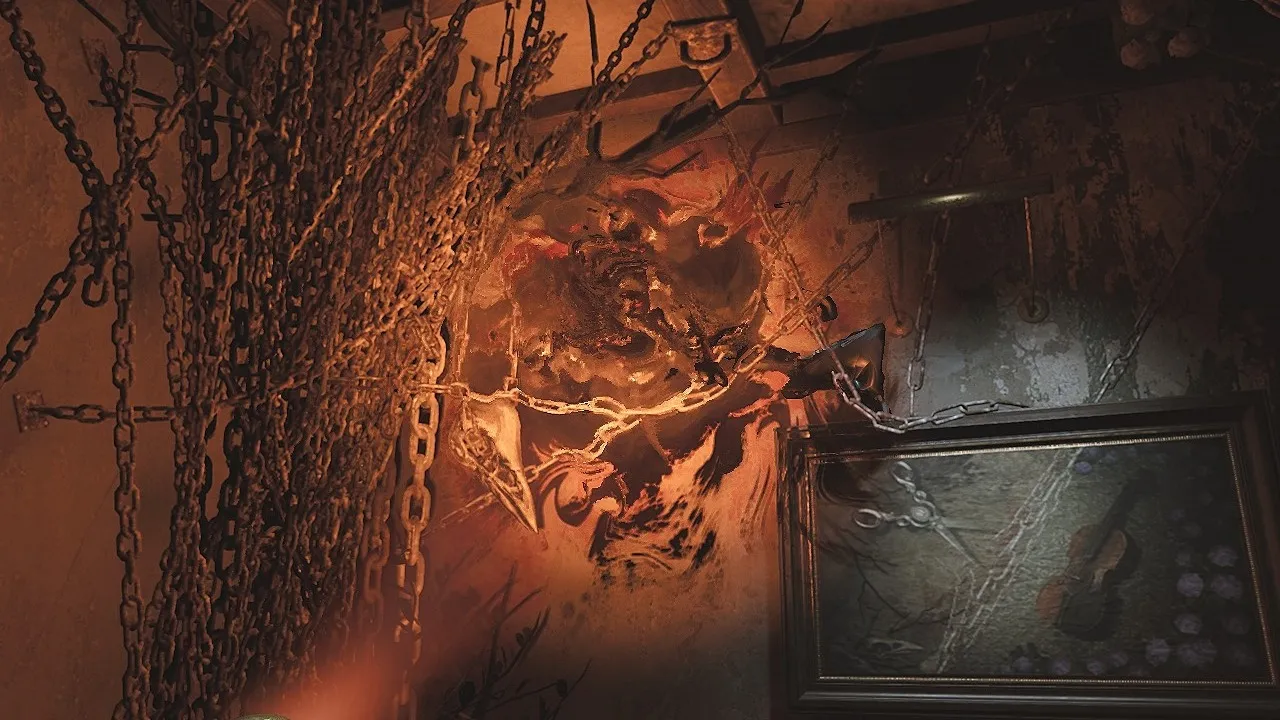 alt text showcasing a gameplay mechanic that, while new, falls short of expectations
alt text showcasing a gameplay mechanic that, while new, falls short of expectations
The light-based gameplay, while a welcome addition, feels underutilized. Combating enemies is too easy, diminishing the sense of threat. Similarly, environmental interactions are mostly limited to activating objects or opening pathways, not significantly different from the original mechanics. These shortcomings undermine the efforts of Anshar Studios and Bloober Team’s artists. Bloober Team’s adherence to their established formula, while maintaining their unique style, also prevents the series from evolving and reaching its full potential.





Comments (0)